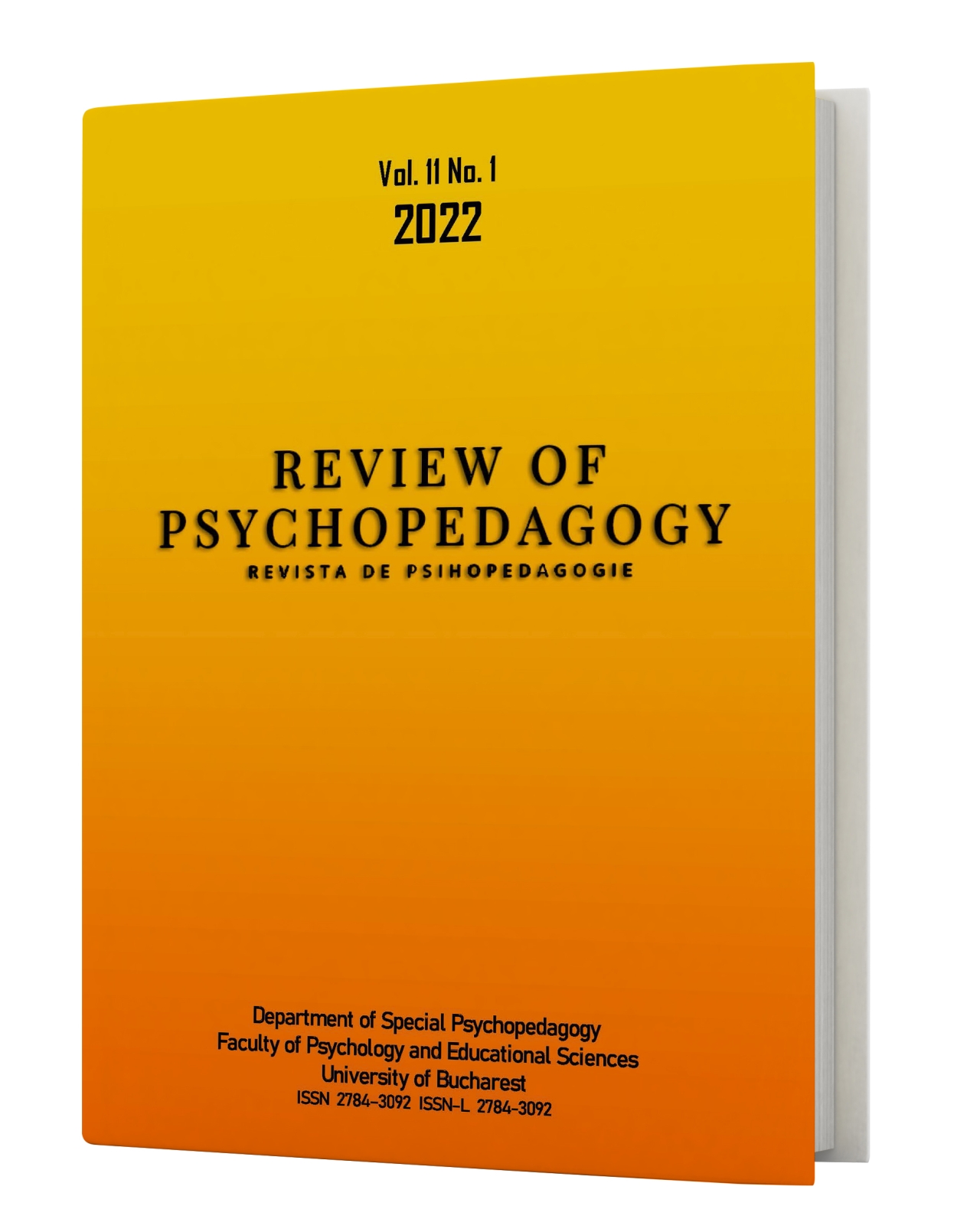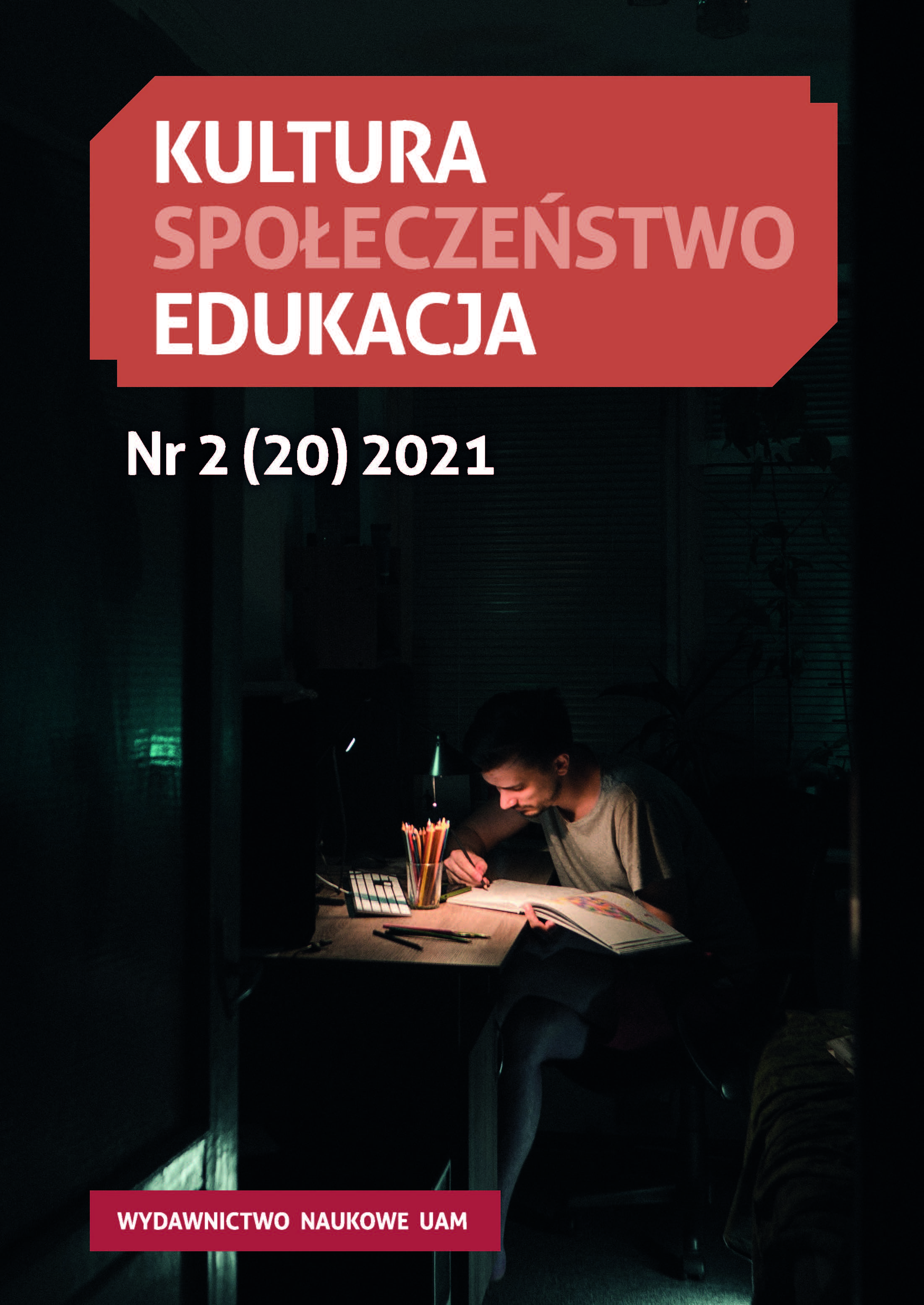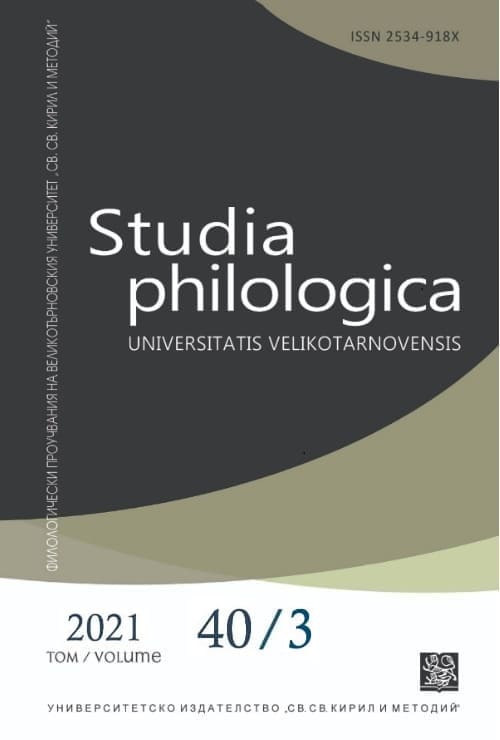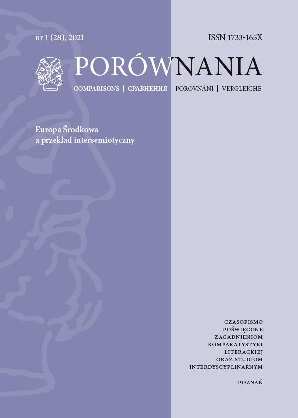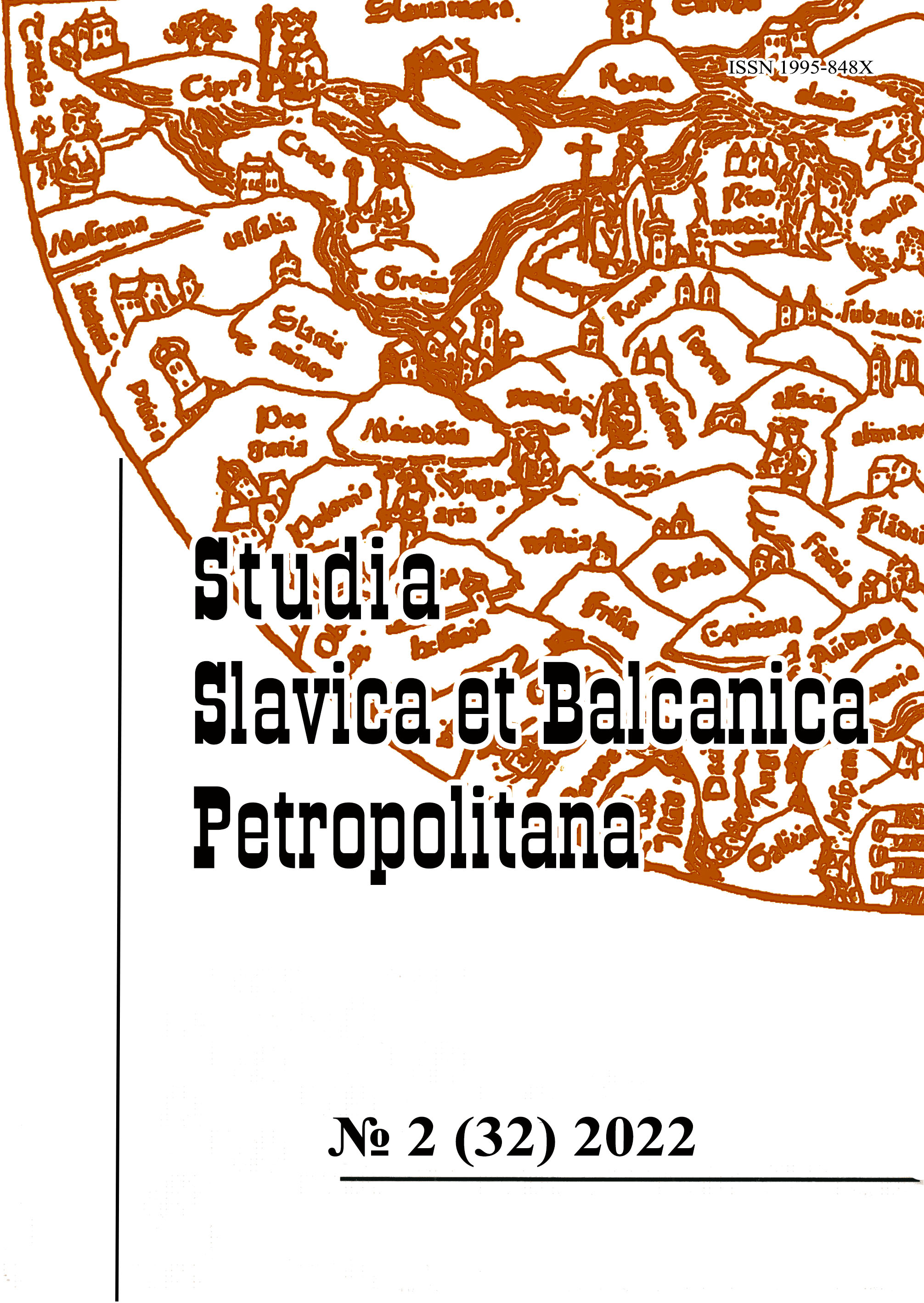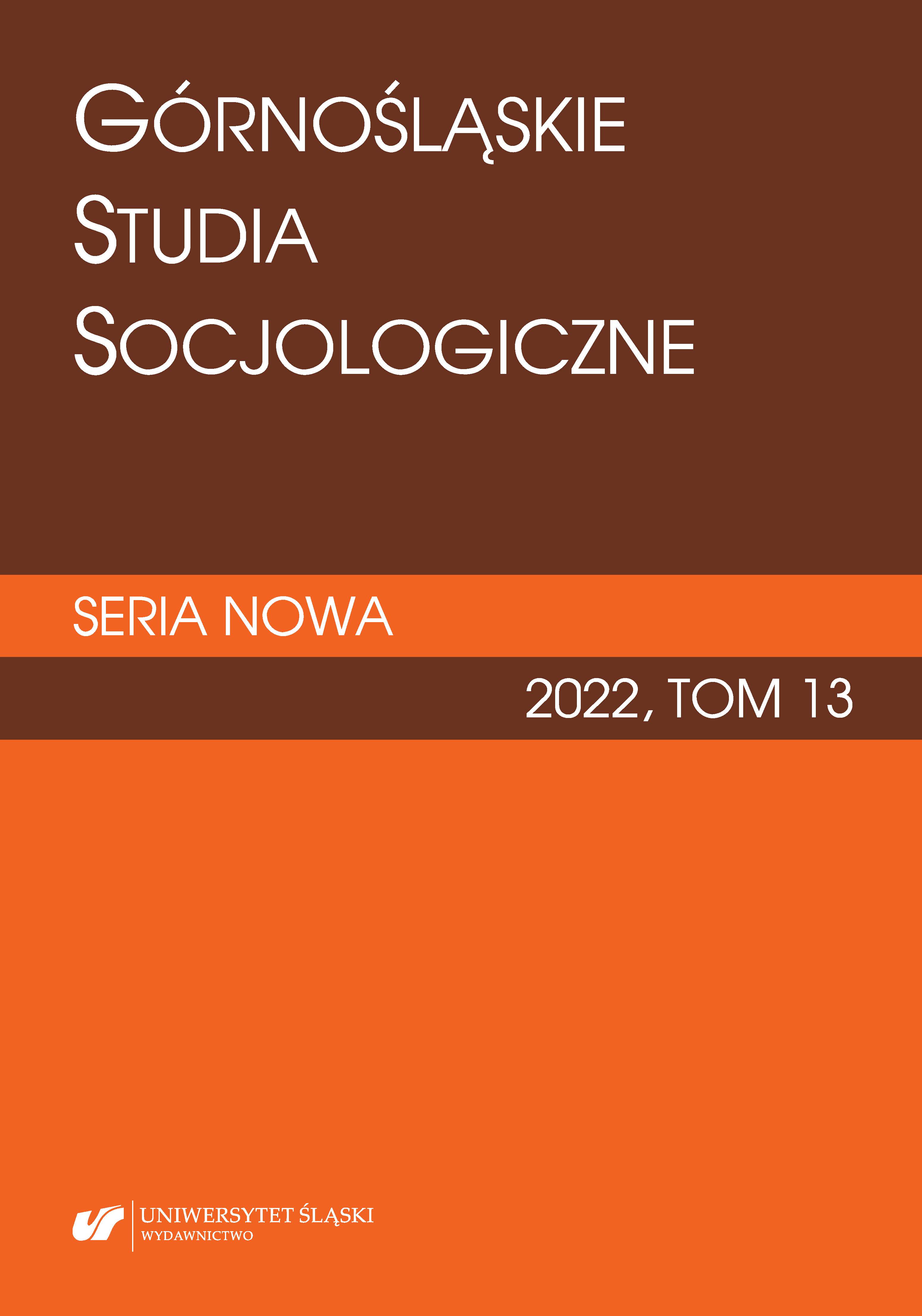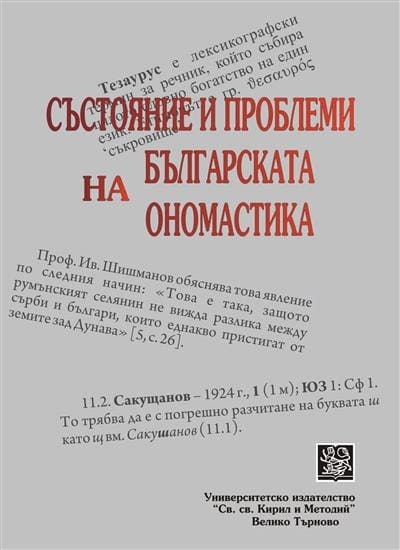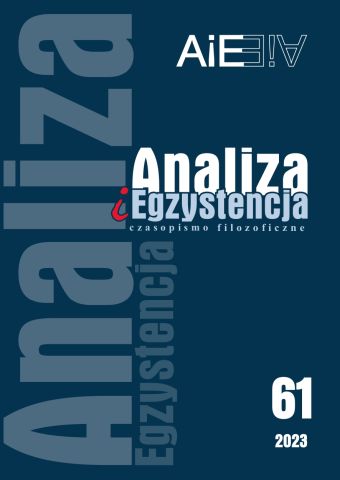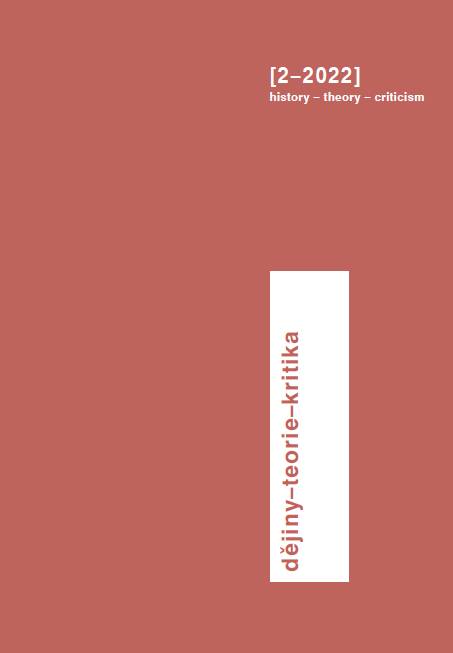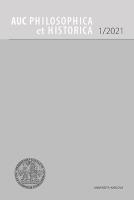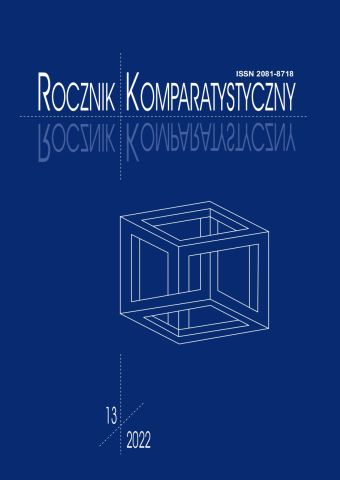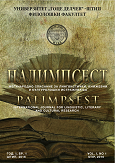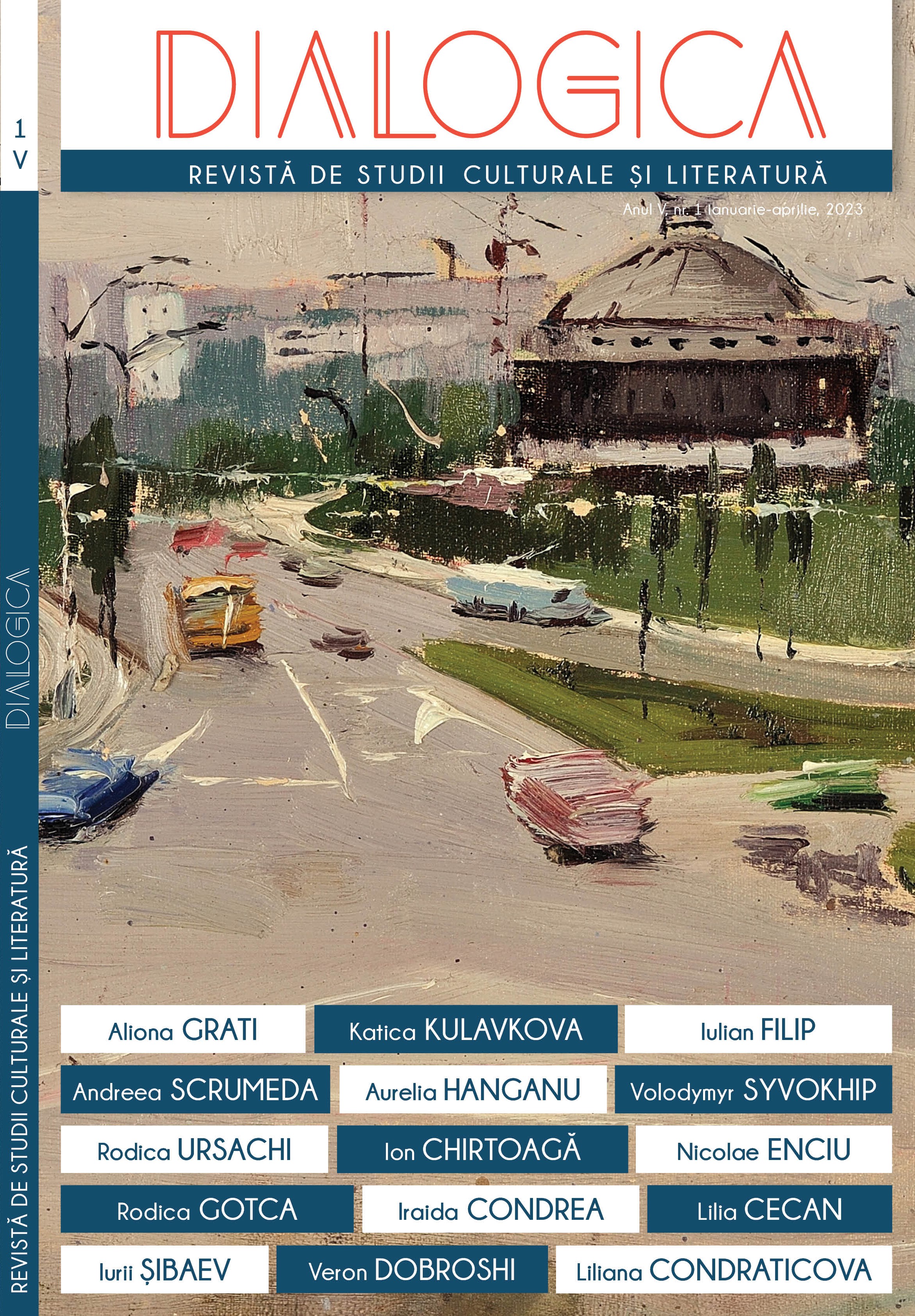
Școala autohtonă de giuvaiergerie: nume necunoscute și pe nedrept pierdute
Associated in workshops or as freelancers, working mainly in the city of Chișinău as one of the most important socio-economic and cultural centers of the country, jewelers and craftsmen have left an indisputable legacy, conceived in many articles of historical, artistic and memorial value. The 1972–1991 years were marked by the founding of the Jewellery Workshop of the Plastic Fund of the UNAP (1972), which allowed the concentration and unification of the efforts of the few artists who artistically processed metals. The jewelers worked in the Jewellery Workshop, promoting and continuing the traditions of the local school, they created decorative articles and author jewelry. They created professional articles, from an artistic and technological point of view, and participated at exhibitions. The aim of this article is to bring into prominence the name of a few artists from MSSR, who worked at the Jewellery Workshop since its foundation and had an essential impact in the assertion of the art of metals in the MSSR. The local school included craftsmen, who studied at artistic educational institutions from MSSR, as well as those self-taught in the metal art field. Names like Ovidiu Alexeenco, Valeriu Vinitchi, Vasile Shocin hold a special place alongside such artists, as Oleg Barascov, Gheorghe Cojusnean, Vladimir Kalasnikov, Semion Odainic, Natalia Vavilina, Victor Rotari etc., who developed together the local school in the field of metal art.
More...
